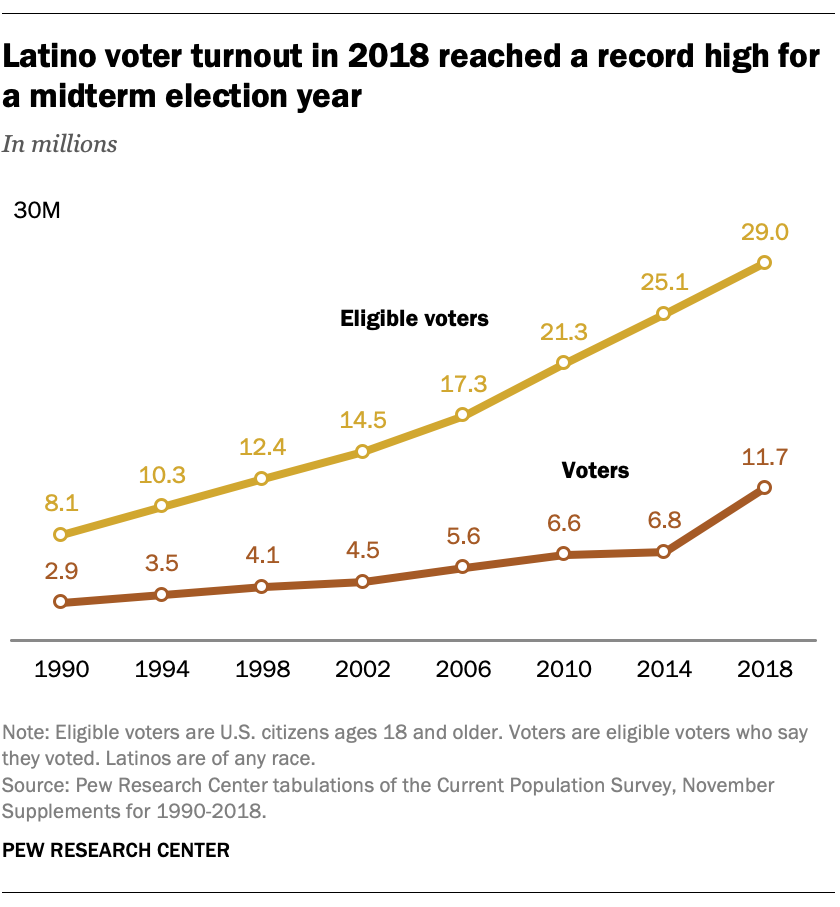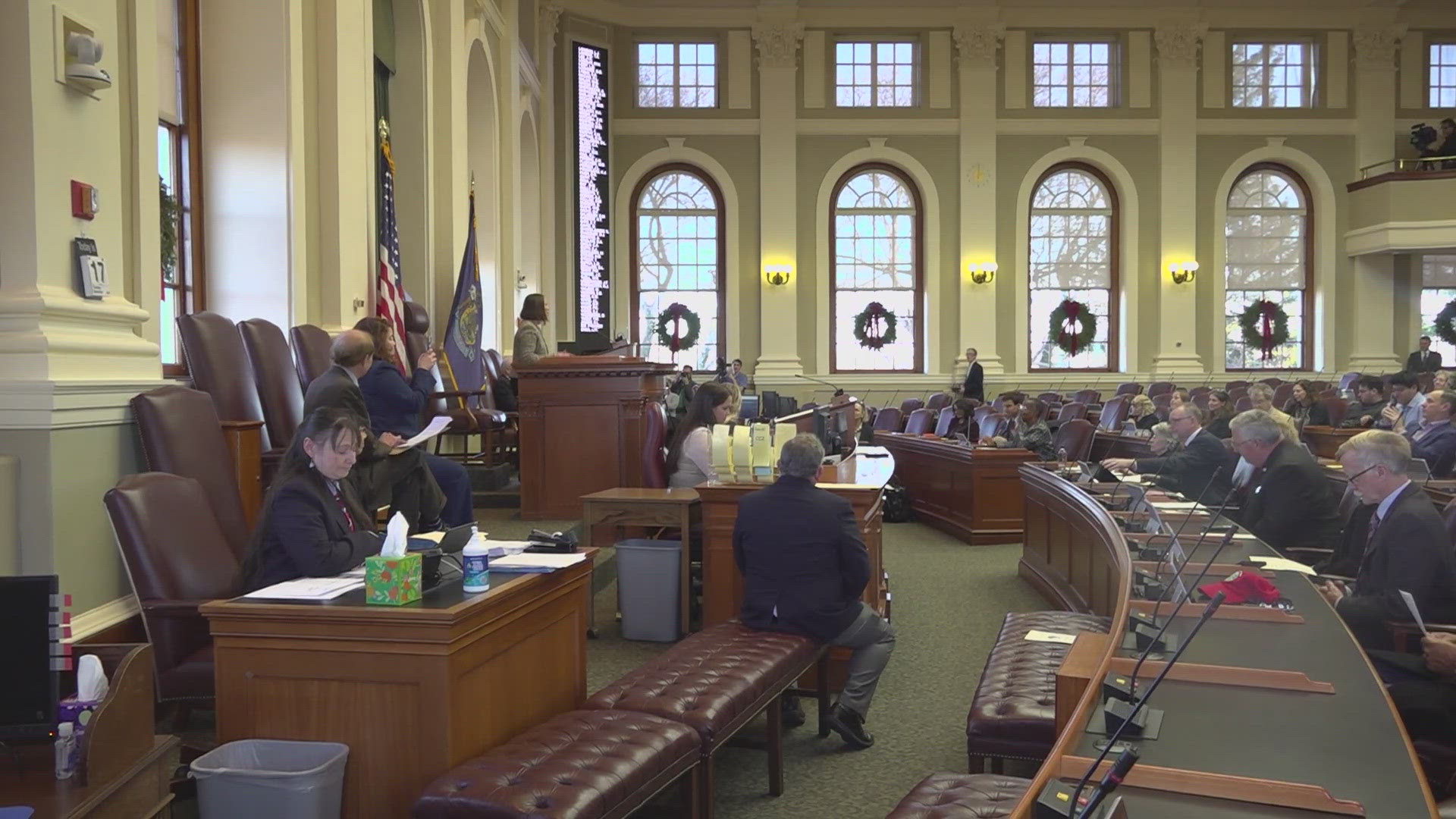Analyzing The 2024 Election: Key Insights From Florida And Wisconsin Voter Turnout

Table of Contents
Florida's Voter Turnout Trends
Florida's voter turnout has become increasingly important in recent presidential elections. Analyzing its trends requires understanding the complex interplay of demographic shifts and evolving political priorities.
Demographic Shifts and Participation
Florida's growing Hispanic population is significantly impacting voting patterns. This demographic group is not monolithic, with varying levels of political engagement and affiliation depending on nationality, age, and socioeconomic factors. Understanding their voting preferences is crucial for predicting future election outcomes. Youth voter turnout in Florida, while showing some increase, still lags behind national averages in many election cycles. Improving youth engagement is a key challenge for political strategists in the state.
- Increasing Hispanic Voter Participation: The rising number of Hispanic voters in Florida is reshaping the political landscape, with candidates increasingly focusing on issues important to this community.
- Youth Voter Turnout: Efforts to increase youth voter registration and participation are crucial for a representative electorate in Florida. Many initiatives focus on online registration and education to overcome apathy among young people.
- Early Voting and Mail-in Ballots: Florida's robust early voting and mail-in ballot system impacts voter participation, offering accessibility and convenience for many voters. Understanding the patterns and preferences for these methods is key to analyzing overall turnout.
Key Issues Driving Voter Engagement
Economic concerns, healthcare policies, and environmental issues are among the key factors driving voter engagement in Florida. The state's diverse population brings a range of priorities to the forefront, demanding the attention of candidates from both parties.
- Economic Concerns: The state's economy and job market heavily influence voter decisions, particularly among working-class families. Issues such as wages, inflation, and cost of living are consistently prominent in political discourse.
- Healthcare and Education: Access to affordable healthcare and quality education are major concerns for Florida voters, impacting their choices on election day. These issues often shape political platforms and campaign promises.
- Environmental Issues: Florida's vulnerability to climate change and environmental degradation makes environmental protection a key concern for many voters. Candidates are increasingly pressed to address these issues.
Wisconsin's Voter Turnout Landscape
Wisconsin, another key swing state, presents a distinct voter turnout landscape. Its unique geography and political history influence participation patterns.
Rural vs. Urban Voting Patterns
A significant disparity exists between rural and urban voting patterns in Wisconsin. Understanding these differences is critical for analyzing overall voter turnout and predicting election outcomes. Factors such as access to information, transportation, and different socio-economic conditions contribute to this disparity.
- Urban vs. Rural Turnout: Historically, urban areas in Wisconsin have had higher voter turnout compared to their rural counterparts. This gap often reflects differences in demographic composition and access to resources.
- Geographic Influence on Political Affiliation: Geographic location in Wisconsin significantly impacts political affiliations, with rural areas tending towards one party and urban areas leaning toward the other.
- Accessibility and Transportation: Access to polling places and transportation can be a significant barrier for some voters, particularly in rural areas. This affects overall participation rates.
Impact of Political Polarization
Political polarization significantly influences voter engagement in Wisconsin. The intense partisan divide affects voter mobilization, media consumption, and overall political participation.
- Partisan Politics and Voter Engagement: Wisconsin's history of close elections contributes to high levels of political engagement, but also to increased partisan division among its voters.
- Media Influence: Media coverage plays a critical role in shaping voter perceptions and influencing participation in Wisconsin, often reinforcing existing partisan divisions.
- Campaign Strategies and Mobilization: Effective campaign strategies are essential for mobilizing voters in a politically polarized state like Wisconsin, demanding finely-tuned targeting and messaging.
Comparing Florida and Wisconsin: A Comparative Analysis
Comparing Florida and Wisconsin's voter turnout reveals both similarities and crucial differences that provide valuable insights for predicting national trends in the 2024 election.
Similarities and Differences in Voter Behavior
Both states are considered swing states, experiencing close elections, but their demographic composition and key political issues differ significantly.
- Common Trends: Both states have seen increasing use of early voting and mail-in ballots, impacting overall turnout.
- Key Differences: Florida's demographic shifts, particularly its growing Hispanic population, contrast with Wisconsin's more established demographics. Key issues also vary, with environmental concerns playing a larger role in Florida.
- Implications for 2024: Understanding these similarities and differences is essential for accurately predicting the impact of these states on the 2024 election outcome.
Predicting National Trends based on State-Level Data
Florida and Wisconsin's voter turnout can serve as valuable indicators of broader national trends. Their results may predict overall voter participation and the competitiveness of the 2024 election.
- National Implications: The results in these swing states often foreshadow national election trends, making their analysis crucial for understanding the overall electoral landscape.
- Electoral College Impact: Their electoral votes are highly contested, highlighting their importance in shaping the overall outcome of the presidential election.
- Predicting Voter Participation: Observing trends in these states can offer insight into national patterns of voter participation, including emerging issues and shifting demographics.
Conclusion
This analysis of voter turnout in Florida and Wisconsin provides valuable insights into potential 2024 election outcomes. By understanding the demographic shifts, key issues, and political landscapes within these crucial swing states, we can better predict national trends and the overall impact on voter participation. Further research into specific demographic groups and evolving political dynamics will offer a more comprehensive understanding of voter turnout in these, and other key states. Continue to monitor voter turnout trends in Florida and Wisconsin for a clearer picture of the 2024 election.

Featured Posts
-
 Astratyjyt Astthmaryt Jdydt Lljbht Alwtnyt
May 03, 2025
Astratyjyt Astthmaryt Jdydt Lljbht Alwtnyt
May 03, 2025 -
 Zakharova O Makronakh Kommentariy K Situatsii Vokrug Emmanuelya I Brizhit
May 03, 2025
Zakharova O Makronakh Kommentariy K Situatsii Vokrug Emmanuelya I Brizhit
May 03, 2025 -
 Au Dela De La Douleur Emmanuel Macron Emu Face Aux Victimes De L Armee Israelienne
May 03, 2025
Au Dela De La Douleur Emmanuel Macron Emu Face Aux Victimes De L Armee Israelienne
May 03, 2025 -
 Examining Maines Inaugural Post Election Audit
May 03, 2025
Examining Maines Inaugural Post Election Audit
May 03, 2025 -
 Macron Et L Etat Palestinien Netanyahu Denonce Une Grave Erreur
May 03, 2025
Macron Et L Etat Palestinien Netanyahu Denonce Une Grave Erreur
May 03, 2025
